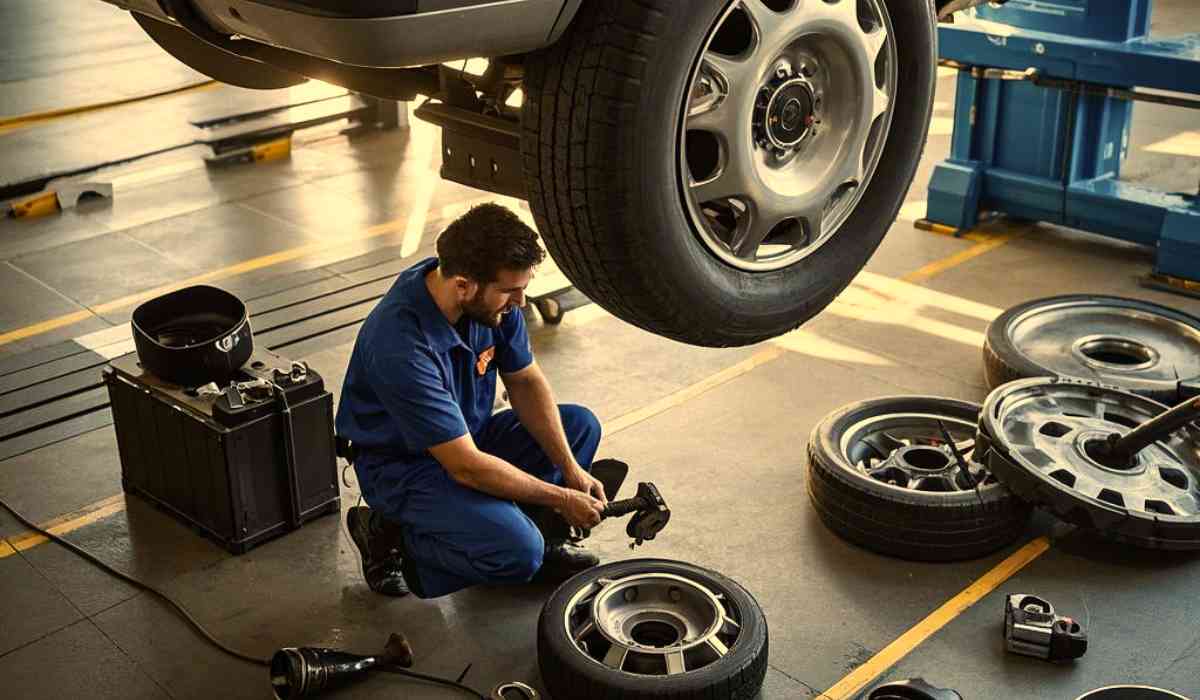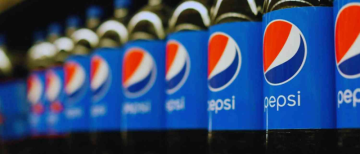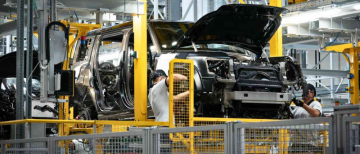Proper car maintenance is more important than ever in 2025, as vehicles become increasingly sophisticated and road conditions continue to challenge drivers worldwide. Whether you drive a traditional combustion engine car, a hybrid, or an electric vehicle, following essential maintenance practices enhances safety, performance, and longevity. This comprehensive guide covers everything you need to know to keep your car in top shape throughout the year.
Understanding the Importance of Regular Car Maintenance

Regular car maintenance is not just about avoiding breakdowns; it also improves fuel efficiency, reduces emissions, and maintains your vehicle’s resale value. Neglecting routine upkeep can lead to costly repairs and compromise your safety on the road. In 2025, with advanced diagnostics and smart vehicle technologies, staying proactive with maintenance is easier and more critical than ever.
1. Follow the Manufacturer’s Maintenance Schedule

Every vehicle comes with a user manual that outlines the recommended maintenance intervals for various components. This schedule is tailored to your car’s make, model, and engine type, ensuring optimal care. Adhering to this schedule helps prevent premature wear and unexpected failures.
-
Check the manual for oil change intervals, filter replacements, and system inspections.
-
Use manufacturer-approved parts and fluids to maintain warranty and performance.
2. Engine Oil and Filter: The Lifeblood of Your Car

Engine oil lubricates the moving parts inside your engine, reducing friction and preventing overheating. Over time, oil degrades and becomes contaminated, losing its effectiveness.
-
Change your engine oil every 5,000 to 7,500 miles or as specified in your manual.
-
Replace the oil filter with every oil change to ensure contaminants are removed.
-
Consider synthetic oils for better performance and longer intervals between changes.
Neglecting oil changes can lead to engine damage and costly repairs, so this is one of the most critical maintenance tasks.
3. Keep an Eye on All Fluid Levels
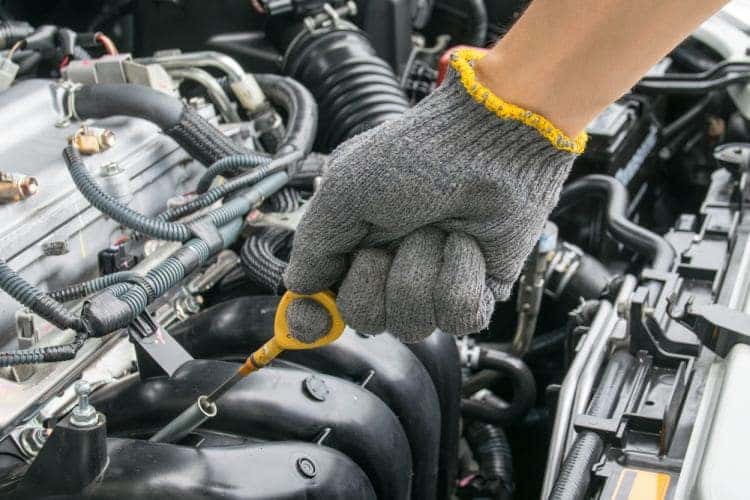
Your car relies on several fluids to operate smoothly. Regularly checking and topping up these fluids prevents mechanical issues and maintains safety.
-
Coolant: Prevents engine overheating and protects against corrosion. Check levels monthly and flush the system as recommended.
-
Brake Fluid: Essential for effective braking; low or dirty fluid can cause brake failure. Inspect and replace every 2 years or as needed.
-
Transmission Fluid: Keeps gears shifting smoothly. Check levels and color; dark or burnt-smelling fluid indicates replacement is due.
-
Power Steering Fluid: Ensures easy steering; low levels can cause stiffness and damage.
-
Windshield Washer Fluid: Keeps your windshield clear for safe driving.
Using the correct type of fluid specified in your manual is vital for system health.
4. Tire Maintenance: Safety and Efficiency on the Road

Tires are your car’s only contact with the road, so their condition directly affects safety, handling, and fuel economy.
-
Check Tire Pressure Monthly: Underinflated tires increase fuel consumption and wear unevenly. Use a reliable gauge and inflate to the recommended PSI.
-
Rotate Tires Regularly: Rotate every 5,000 to 8,000 miles to ensure even tread wear and extend tire life.
-
Inspect Tread Depth: Use the penny test or tread wear indicators; replace tires when tread depth is below 2/32 inch.
-
Wheel Alignment and Balancing: Misaligned wheels cause uneven tire wear and poor handling. Have alignment checked annually or if you notice pulling to one side.
Proper tire care enhances your vehicle’s performance and reduces the risk of blowouts.
5. Brake System: Your Vehicle’s Most Critical Safety Feature

Brakes must be in perfect working order to keep you safe. Regular inspections and maintenance prevent accidents and costly repairs.
-
Inspect Brake Pads and Discs: Replace pads when thickness is below 3mm or if you hear squealing or grinding noises.
-
Check Brake Fluid: Low or contaminated fluid can reduce braking power. Bleed and replace fluid as recommended.
-
Watch for Warning Signs: Spongy brake pedal, vibrations, or longer stopping distances indicate brake issues.
Prompt brake maintenance ensures reliable stopping power in all conditions.
6. Battery Health: Avoid Unexpected Failures

Car batteries typically last 3 to 5 years but can fail sooner due to weather, usage, or electrical issues.
-
Test Battery Annually: Use a multimeter or have a professional check voltage and starting power.
-
Clean Terminals: Remove corrosion buildup to maintain a good connection.
-
Replace When Necessary: If your car struggles to start or electronics behave erratically, it may be time for a new battery.
A healthy battery prevents inconvenient breakdowns and supports modern vehicle electronics.
7. Engine Tune-Ups and System Checks

Regular tune-ups keep your engine running efficiently and reduce emissions.
-
Replace Spark Plugs: Worn plugs cause misfires and poor fuel economy. Replace as per manufacturer recommendations.
-
Check Belts and Hoses: Look for cracks, fraying, or leaks and replace worn parts promptly.
-
Inspect Fuel System: Clean fuel injectors and replace fuel filters to maintain smooth engine operation.
A well-tuned engine delivers better power and lower running costs.
8. Lighting System: Visibility and Safety
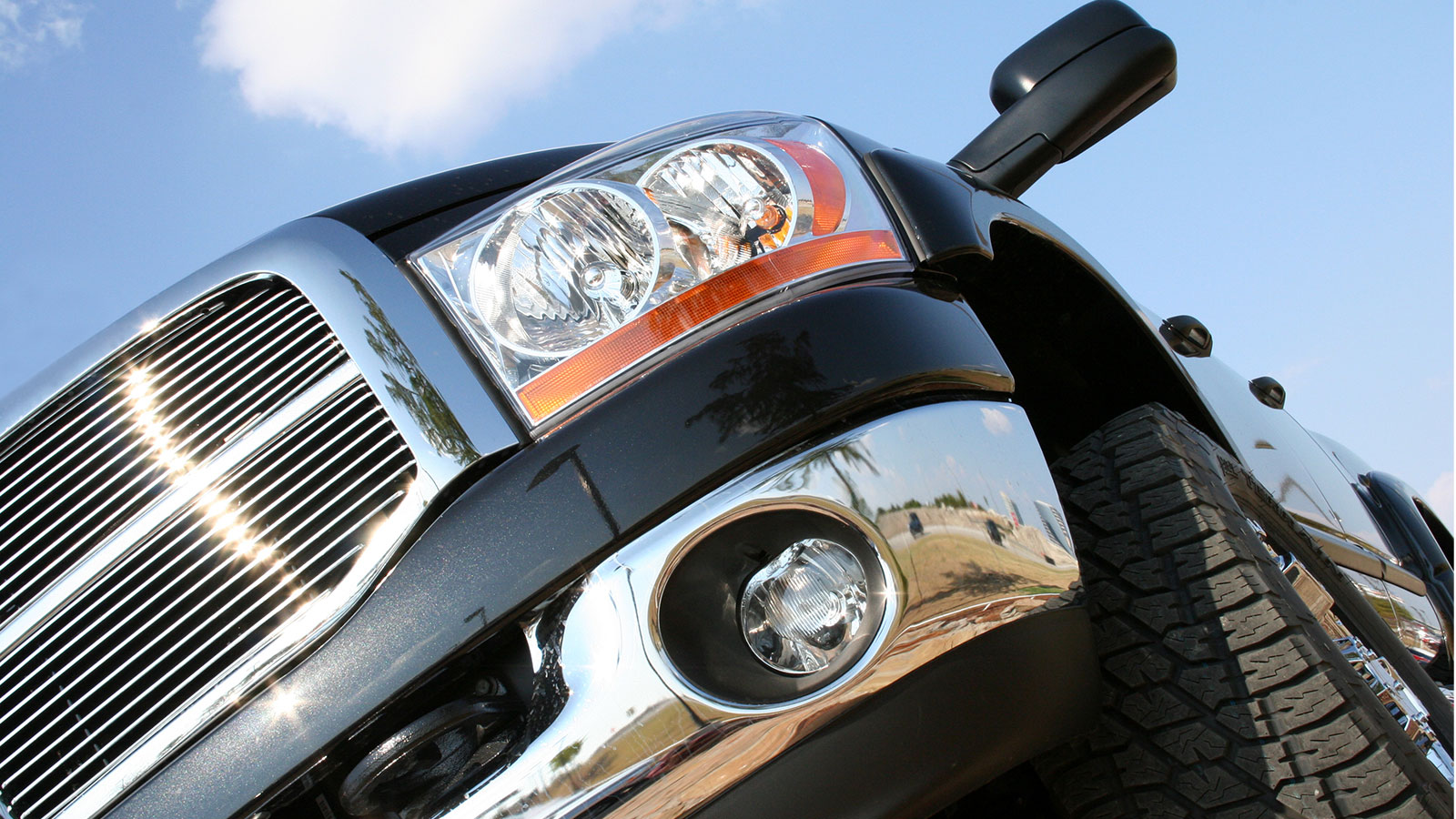
Proper lighting ensures you see and are seen on the road, especially at night or in poor weather.
-
Check All Lights Monthly: Headlights, tail lights, brake lights, turn signals, and fog lamps.
-
Replace Burnt-Out Bulbs Immediately: Use the correct wattage and type for your vehicle.
-
Clean Headlight Lenses: Cloudy or yellowed lenses reduce light output; restore clarity with polishing kits.
Good lighting reduces accident risks and complies with traffic laws.
9. Windshield Wipers: Clear Vision in All Weather

Effective wipers are essential for safe driving in rain, snow, or dust.
-
Replace Wiper Blades Every 6 to 12 Months: Replace sooner if you notice streaking, skipping, or noise.
-
Use Quality Blades: Invest in blades suited to your climate, such as winter blades for icy conditions.
-
Keep Washer Fluid Filled: Use fluid with antifreeze properties in cold climates.
Clear visibility prevents accidents and improves driver confidence.
10. Exterior Care: Protect Your Investment
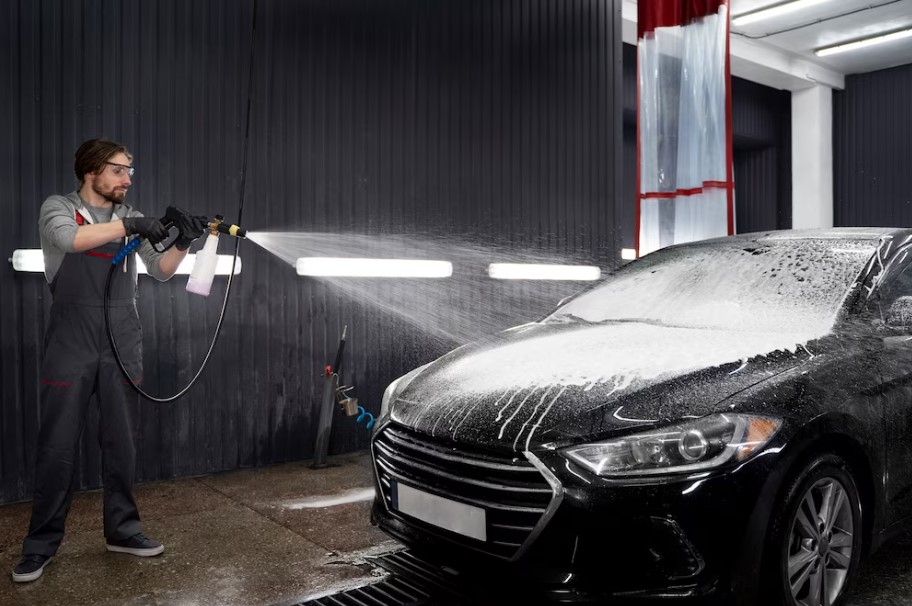
Your car’s exterior protects it from environmental damage and preserves its value.
-
Wash Regularly: Remove dirt, salt, and pollutants that cause corrosion and paint damage.
-
Wax Twice a Year: Waxing adds a protective layer against UV rays and moisture, keeping paint vibrant.
-
Inspect for Rust: Treat any rust spots early to prevent spreading.
-
Check Seals and Weatherstripping: Prevent leaks and wind noise by maintaining door and window seals.
A well-maintained exterior enhances your car’s appearance and resale value.
11. Embrace Technology: Use Diagnostic Tools and Apps

In 2025, many cars come equipped with onboard diagnostics and connectivity features.
-
Use OBD-II Scanners: These devices provide real-time data and fault codes to help you identify issues early.
-
Leverage Mobile Apps: Many manufacturers offer apps that track maintenance schedules, alert you to problems, and suggest nearby service centers.
-
Stay Updated on Software: Some vehicles require periodic software updates to optimize performance and safety features.
Technology empowers you to maintain your car proactively and efficiently.
12. Schedule Professional Servicing and Inspections

While DIY maintenance covers many basics, professional servicing ensures comprehensive care.
-
Annual Comprehensive Inspection: Have a certified mechanic check your vehicle’s systems thoroughly.
-
Address Recalls Promptly: Stay informed about manufacturer recalls and get repairs done free of charge.
-
Use Authorized Service Centers: Certified technicians have the expertise and tools for your specific vehicle.
Professional service prevents small issues from becoming major problems.
Make Car Maintenance a Priority in 2025

In 2025, the key to a safe, efficient, and long-lasting vehicle lies in diligent maintenance. By following these essential tips—from oil changes and tire care to embracing new technologies—you protect your investment and enjoy peace of mind on every journey. Regular upkeep not only saves money in the long run but also contributes to safer roads and a cleaner environment.
Stay proactive, stay safe, and drive smart this year and beyond.
With inputs from agencies
Image Source: Multiple agencies
© Copyright 2025. All Rights Reserved Powered by Vygr Media.

